How Manta Works
Drive efficiency and productivity across all your data pipelines with Manta’s powerful lineage platform:
Depth
Breadth
Architecture
Approach
Diving Deeper into the Manta Platform
Step 1
Harvest Lineage
Deploy Manta’s Connectivity module to gather metadata from mission-critical and analytic systems in your hybrid, cloud, or on-premises environment. Use Manta’s automated scanners to crunch all the SQL, ETL, and BI code. Leverage the OpenManta framework with APIs and SDKs to enhance your metadata even for custom-built systems not supported by existing scanners.
Step 2
Contextualize Lineage with Semantics
Manta adds semantics to enrich the attribute-level lineage with indirect data dependencies, transformation logic, evolution over time, or external metadata such as profiling information, quality scores, PII labels, and more. All to provide actionable insights and turn data lineage into a powerful asset.
Step 3
Tailor Lineage to Your Needs
Adjust the lineage to the level of detail for specific use cases. Search through all of the lineage, use intelligent filtering to hide details that are not currently relevant. Create domains and perspectives for specific projects, review historical versions, and get notified and act on changes.
Step 4
Activate Lineage
Explore Manta's lineage using its native interface and integrate it into your workflows using open and robust APIs. Improve your data quality, data privacy, and data governance processes. Integrate with CI/CD pipelines to boost the productivity of data engineers.
How Manta Helps
Data Governance & Compliance
You already have the data you need. We can help you tap into the power of that data. Manta’s automated lineage will enable you to build trust in data across your organization and maximize the value of your data governance framework.
Data Ops
Gain agility through automation – starting with a healthy data pipeline. Manta can streamline impact and root cause analyses, speed up incident resolution, reduce the cycle time of data analytics, and increase the value of analytics.
Cloud Migrations
Take advantage of seamless cloud or hybrid migrations with complete data lineage. Set the right expectations, stick to the plan, save resources, and escape the do-break-debug-redo cycle.
Manta’s Powerful Capabilities
Out-of-the-Box Integrations
Get immediate value with OOTB scanners and use Manta with multiple data governance and catalog solutions.
Full Automation
Achieve fully automated, code-level lineage that seamlessly integrates into & enables your applications with data flow information.
Dedicated Lineage Platform
Leverage the most powerful lineage solution on the market to accurately capture your complex data pipelines.
Open Architecture
Build your own metadata ingestion process without a formal scanner, whether through standards such as OpenLineage or our own OpenManta.
Historical Lineage
Discover and act on changes in your data pipelines. Use the data pipeline audit trail for troubleshooting and root cause investigation.
Track What Matters
Use active tags to highlight information relevant to you in the context of the data pipeline with fully customizable color-coded tags.
Robust, Flexible Visualizations
Explore, navigate, filter, aggregate, and tune lineage visualization to different levels of detail and granularity.
Accurate Impact Analysis
Visualize both direct and indirect data flows clearly to perform accurate impact analyses and make better informed business decisions.
Let’s Talk
Ready to dive into your sea of data?
